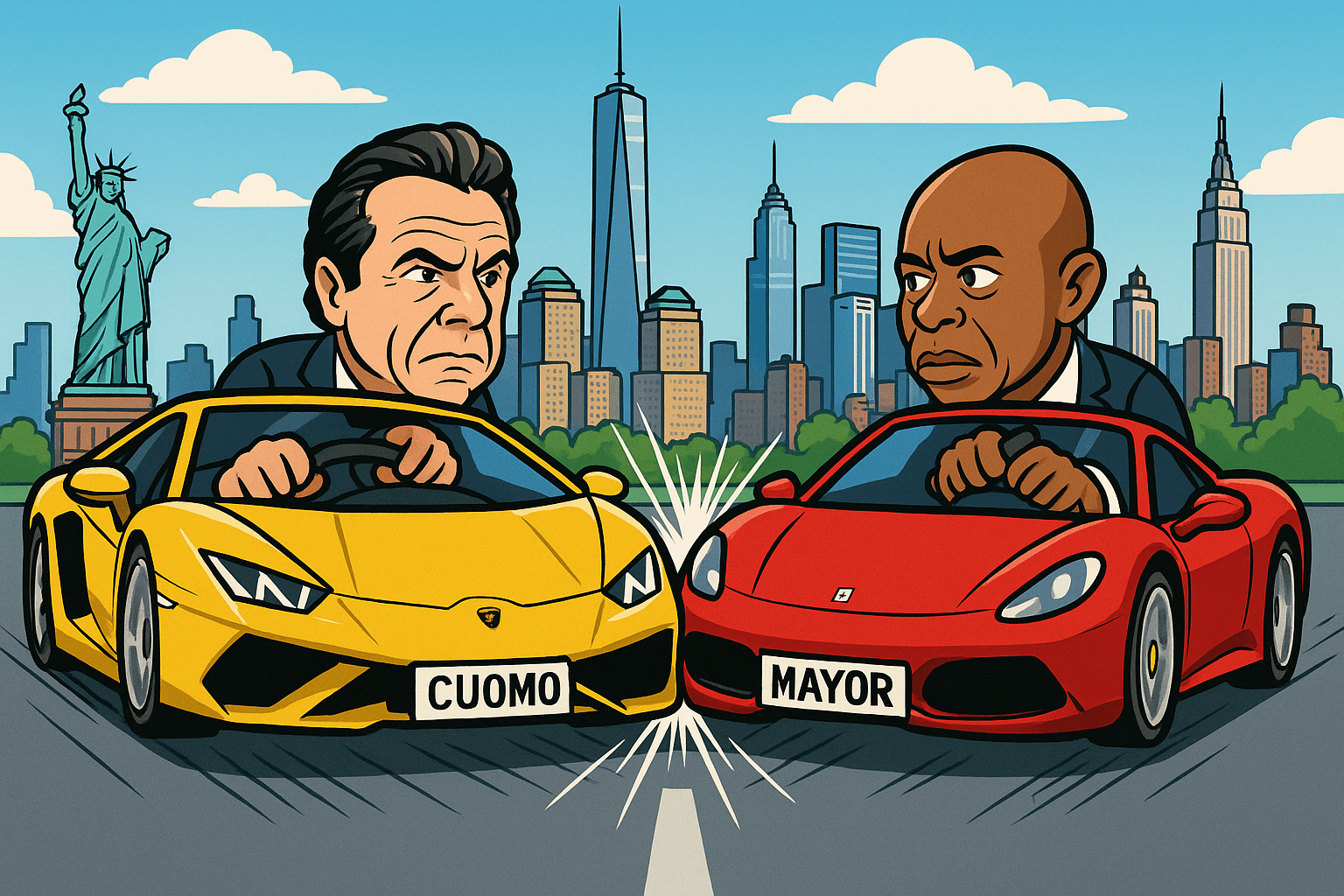Americans want a third party, but must battle media myths and pollster misrepresentations to explore their options

As we enter the final stretch of the 2010 mid-term election season, the American public’s dissatisfaction with the Democratic and Republican parties is driving record numbers of people to voice support for third party and Independent alternatives. In recent months, a widespread majority of Americans have consistently stated that they think there should be a third major party competing with Democrats and Republicans at all levels of government.
In a Fox News poll from July, a 57% majority agreed that “it would be a good idea if a third national political party were formed to run against the Democrats and Republicans.” Only 30% thought it would be a bad idea! Two more recent polls confirm this sentiment. A NYT/CBS News poll released last week found that 54% agree that the country needs a third political party. A Gallup poll also released last week found that 58% of respondents thought the Democratic and Republican parties are doing such a poor job representing the American people that a third major party is needed in the United States.
Breaking the numbers down by partisan affiliation, Independents are understandably the most likely to support the idea of alternatives to the Democrats and Republicans. Anywhere from 60% to 75% of Independents desire a third party option. It is furthermore noteworthy, and highly telling of the national electorate’s mood, that 50% or more of Democrats and Republicans also consistently tell pollsters that third party alternatives to the Democrats and Republicans are needed.
These findings raise an important question: if so many Americans desire a third party, and think it would be a good idea if there were third party and Independent alternatives to the Democrats and Republicans, why don’t they support them and vote for them in greater numbers?
I recently compiled a list of third party and independent candidates for governor, US Senate and the House in 2010, and found that there are well over 600 such candidates for just these offices nationwide. If one were to include all third party and Independent candidates for all statewide offices, state legislatures and local offices, that number would be significantly higher and probably reach well into the thousands. Despite the often draconian ballot access laws in the United States, it is simply untrue to say that there are no alternatives to the Democrats and Republicans.
Yet, the great majority of third party and Independent candidates are simply unknown to the great majority of Americans. And it is not unreasonable to wonder whether, in many cases, even media and polling organizations, whose job it is to follow the political process and inform public opinion, are aware that there are third party and Independent candidates for office at all levels of government across the nation. The media appear most likely to report on a third party or Independent candidate only if that individual is a former Democrat or Republican – as the examples of Charlie Crist in Florida, Tom Tancredo in Colorado, and Tim Cahill in Massachusetts demonstrate.
Indeed, even when they are aware of the third party and Independent candidates in a given race, the mainstream media appear reluctant to cover them, as if it were of little or no importance to inform the public of the candidates who will appear on our November ballots. As I have demonstrated here before, media organizations often seem to even collude with Democratic and Republican candidates to exclude third party and Independent candidates from public debates and forums. The Socialist Party candidate for US Senate in Ohio, Dan La Botz, has gone so far as to file a formal complaint against the Ohio Newspaper Organization for excluding him from debates and forums, arguing that the arbitrary exclusion amounts to an illegal campaign contribution to the Democratic and Republican nominees.
Consider, furthermore, the wording of the polling questions mentioned above. The NYT/CBS News poll queried: “Some people say the country needs a third political party – a new party to compete with the Democratic and Republican parties. Do you agree or disagree?” The Fox News poll asked: “do you think it would be a good idea or a bad idea if a third national political party were formed that would run candidates for president, congress and state offices against the Republican and Democratic candidates?” The very grammar of the questions presupposes that there are currently no third parties in the United States, that there are no alternatives to the Republicans and Democrats. The Gallup polling report and analysis is even more telling when it concludes by stating that, “while the formation of an official third party is not imminent, that desire may be manifested in voters’ strong anti-incumbent sentiments this year” (emphasis added). One would think that a survey devoted to polling public sentiment regarding third parties would ask respondents about their stance toward actual, existing third parties, rather than presume that no such parties currently exist.
Is it any wonder that the wider public is unaware of alternatives to the Republicans and Democrats?




